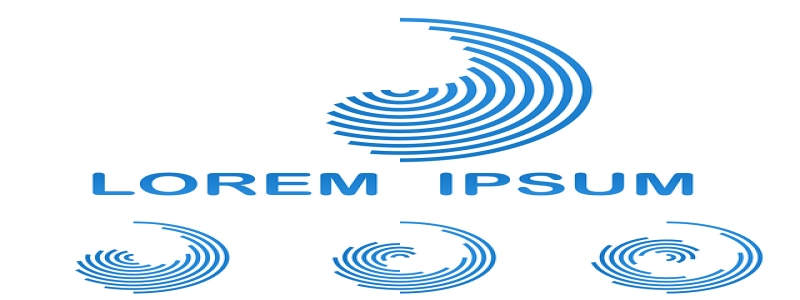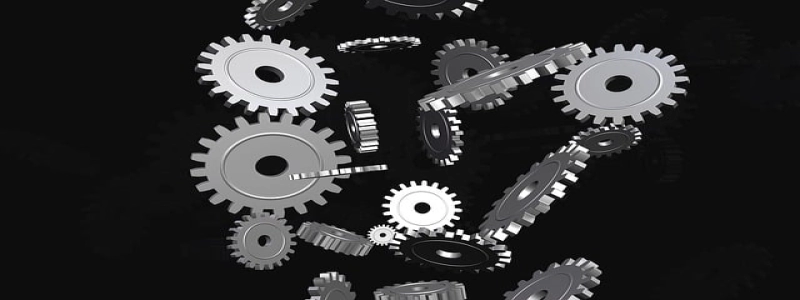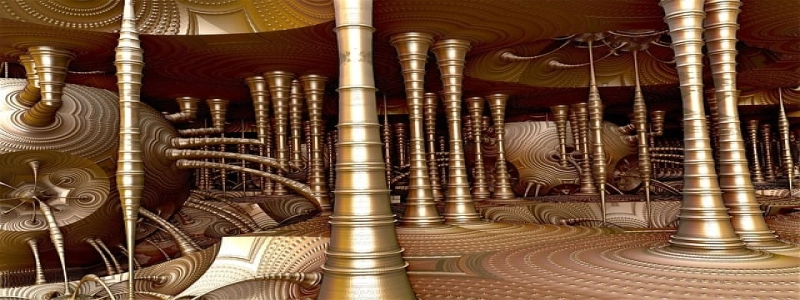How Does Fiber Optic Cables Work
Giới thiệu:
Fiber optic cables have revolutionized telecommunications and data transmission. They are widely used in various applications, including internet connectivity, telephone lines, and TV broadcasting. This article will explain in detail how fiber optic cables work and the technology behind them.
TÔI. What are Fiber Optic Cables?
1. Definition: Fiber optic cables are thin, transparent strands of glass or plastic that are used to transmit data and signals over long distances.
2. Composition: A typical fiber optic cable consists of three layers – the core, cladding, and outer coating. The core is the innermost layer where light travels, and it is surrounded by the cladding, which has a lower refractive index. The outer coating, also known as the buffer, provides protection and strength to the cable.
II. The Principle of Optical Fiber Communication
1. Light Propagation: Fiber optic cables work on the principle of total internal reflection. When light passes through the core of the cable and reaches the interface with the cladding, it undergoes reflection back into the core.
2. Modes of Propagation: Fiber optic cables can support either single-mode or multi-mode propagation. Single-mode cables transmit a single ray of light, allowing for long-distance transmission, while multi-mode cables transmit multiple rays simultaneously but over shorter distances.
III. Transmission Process in Fiber Optic Cables
1. Generating Light: Light is generated using a light source at one end of the fiber optic cable. Common light sources include laser diodes and light-emitting diodes (LEDs).
2. Modulating Light: Information is encoded onto the light signal by varying its intensity (amplitude modulation) or its frequency (frequency modulation).
3. Transmitting Light: The light signal enters the fiber optic cable through the core, where it undergoes total internal reflection. It travels through the cable by repeatedly reflecting off the cladding until it reaches the other end.
4. Receiving Light: At the receiving end, a detector converts the light signal back into an electrical signal. This can be achieved using a photodiode or phototransistor.
IV. Advantages of Fiber Optic Cables
1. Increased Bandwidth: Fiber optic cables offer higher bandwidth compared to traditional copper cables, allowing for faster and more reliable data transmission.
2. Low Loss: The signal loss in fiber optic cables is significantly lower than in copper cables, enabling long-distance transmission without degradation.
3. Immunity to Interference: Fiber optic cables are immune to electromagnetic interference, making them suitable for areas with high electromagnetic activity.
4. Security: The thin nature of fiber optic cables makes it difficult for hackers to intercept or tap into the transmitted data.
Phần kết luận:
Fiber optic cables have revolutionized communication technology by providing fast, reliable, and secure data transmission. Understanding the working principle of fiber optic cables helps us appreciate their immense contributions to our interconnected world. With continued advancements in fiber optic technology, we can expect even more efficient and powerful communication networks in the future.








